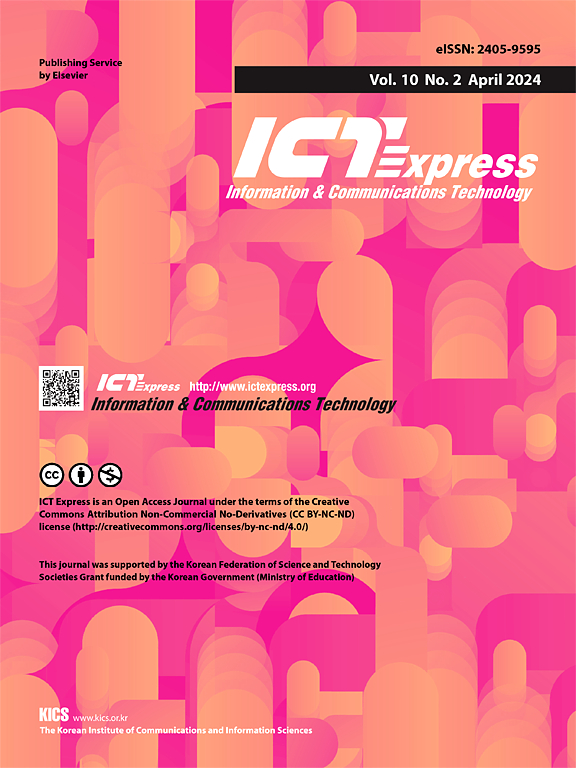To associate or not to associate? A user-based threshold scheme for 5G and beyond networks
IF 4.2
3区 计算机科学
Q1 COMPUTER SCIENCE, INFORMATION SYSTEMS
引用次数: 0
Abstract
Traditionally, User-cell Association (UA) schemes for cellular networks are based solely on the quality and strength of the received signal. This mechanism may not always be adequate for the complex nature of fifth generation and beyond (B5G) networks, and may lead to load biasing. Additional parameters, such as the load on the neighboring cells, the needs of the user equipment (UE), and the UE mobility should be considered as well. The realization that relying solely on the signal strength and quality for UA may violate load balancing has been recognized for a long time. However, the approach taken was to balance the load by a network-dependent mechanism. Yet, the UA mechanism remains based on the best-received signal. The underlying assumption that all the users have the same needs remains. Load-aware UA was considered only upon mobility-driven handover to small cells. This study suggests a UE-based threshold scheme for load-aware UA that is suitable for B5G networks. Since the optimal UA problem is known to be NP-hard, we suggest a heuristic mechanism, that is sufficiently simple and reliable to be implemented in practice, yet sufficiently efficient to significantly outperform the existing UA mechanism. Simulation results demonstrated that the suggested UA scheme can potentially reduce the required network bandwidth resources by up to 25% and significantly reduce the service blocking probability and the average waiting time for service.
联系还是不联系?5G及以上网络的基于用户的阈值方案
传统上,蜂窝网络的用户单元关联(UA)方案仅基于接收信号的质量和强度。这种机制可能并不总是适合于第五代及以上(B5G)网络的复杂性,并可能导致负载偏倚。还应该考虑其他参数,例如相邻单元的负载、用户设备(UE)的需求和UE的移动性。长期以来,人们已经认识到仅仅依靠信号强度和质量来实现UA可能会违反负载均衡。但是,采用的方法是通过依赖于网络的机制来平衡负载。然而,UA机制仍然基于最佳接收信号。所有用户都有相同需求的基本假设仍然存在。负载感知UA仅在移动性驱动的小单元切换时被考虑。本研究提出了一种适用于B5G网络的基于ue的负载感知UA阈值方案。由于已知最优UA问题是np困难的,我们提出了一种启发式机制,该机制足够简单可靠,可以在实践中实现,但又足够高效,显著优于现有的UA机制。仿真结果表明,提出的UA方案可将所需的网络带宽资源减少25%,显著降低业务阻塞概率和平均服务等待时间。
本文章由计算机程序翻译,如有差异,请以英文原文为准。
求助全文
约1分钟内获得全文
求助全文
来源期刊

ICT Express
Multiple-
CiteScore
10.20
自引率
1.90%
发文量
167
审稿时长
35 weeks
期刊介绍:
The ICT Express journal published by the Korean Institute of Communications and Information Sciences (KICS) is an international, peer-reviewed research publication covering all aspects of information and communication technology. The journal aims to publish research that helps advance the theoretical and practical understanding of ICT convergence, platform technologies, communication networks, and device technologies. The technology advancement in information and communication technology (ICT) sector enables portable devices to be always connected while supporting high data rate, resulting in the recent popularity of smartphones that have a considerable impact in economic and social development.
 求助内容:
求助内容: 应助结果提醒方式:
应助结果提醒方式:


